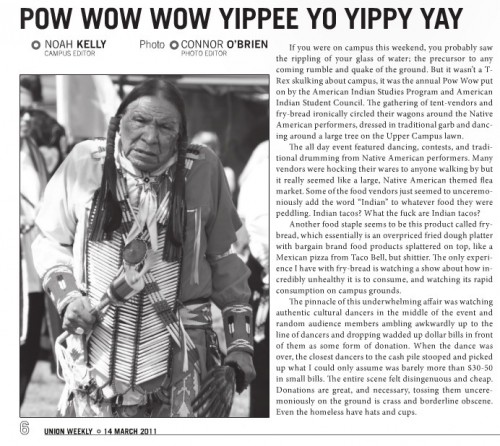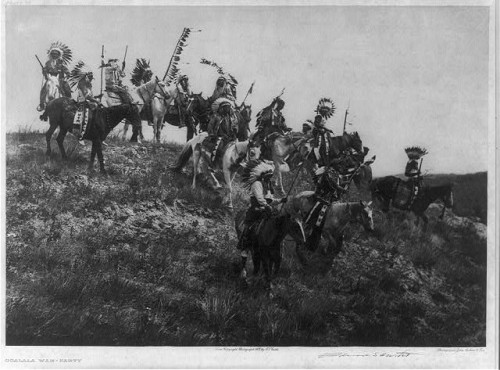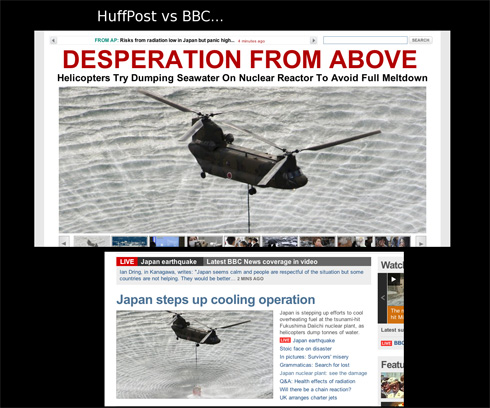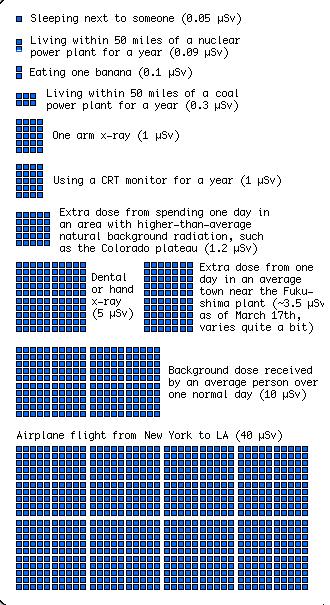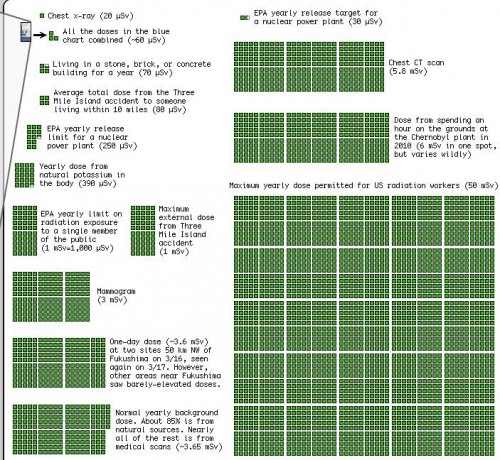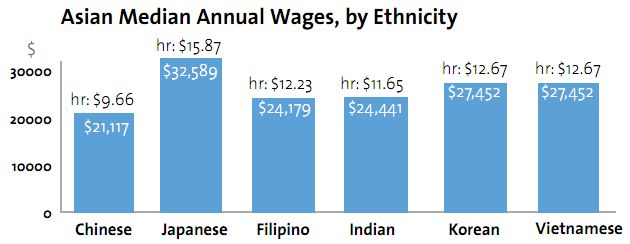Sometimes public service announcements miss the mark. Like really, really miss the mark. In 2009 I described an anti-teen pregnancy PSA as gut-wrenchingly horrible and the feeling has not waned with time. It suggests that teenagers who have gotten (someone) pregnant are dirty, cheap pricks, nobodies, and rejects. We’ve also highlighted PSAs against statutory rape featuring children with giant breasts and an anti-domestic violence campaign in which you “hit the bitch.”
The campaign I’d like to discuss in this post is along these lines. Brought to my attention by Debbie at Body Impolitic, it is the Georgia Children’s Health Alliance’s anti-childhood obesity campaign. And it shames fat children and encourages viewers to retain negative stereotypes about them. First, I wonder how it must feel to be chosen to be the posterchild for this campaign?
Second, some of the short videos available on the website confirm nasty stereotypes about fat people. Like, all they do is eat:
Ironically, some of the videos acknowledge that fat children are subject to discrimination (at least from other kids), but that doesn’t appear to have stopped them from feeding that prejudice with their message.
Lisa Wade, PhD is an Associate Professor at Tulane University. She is the author of American Hookup, a book about college sexual culture; a textbook about gender; and a forthcoming introductory text: Terrible Magnificent Sociology. You can follow her on Twitter and Instagram.


